The hills hold a rich harvest history, and the waters splash with wonders. Discover the beauty of Candijay’s timeless terraces and falls.
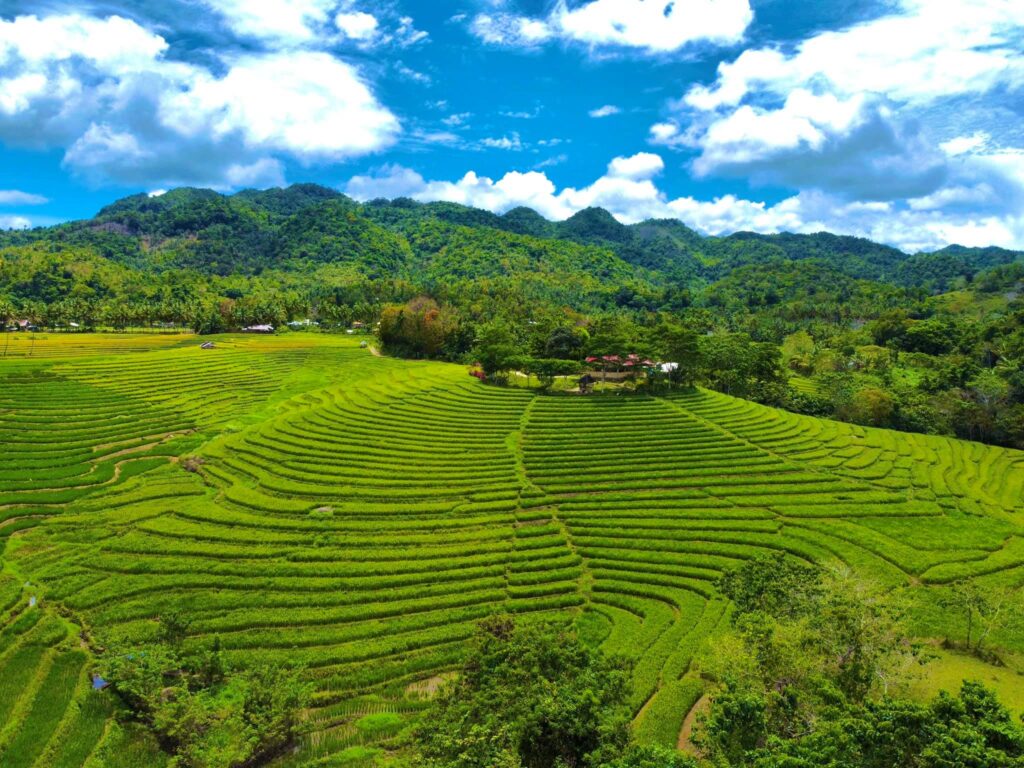
From well-known hills that turn into a shade of chocolate, and a cute little guy with a captivating eye, tucked away in the municipality of Candijay in eastern Bohol, there lies a natural and cultural marvel that you can explore. The Cadapdapan rice terraces are found above a magnificent Can-umantad waterfall. Unlike the famous rice terraces in Cordillera, the area offers a unique fusion of traditional farming and breathtaking natural beauty.
Tales That Terrace Time
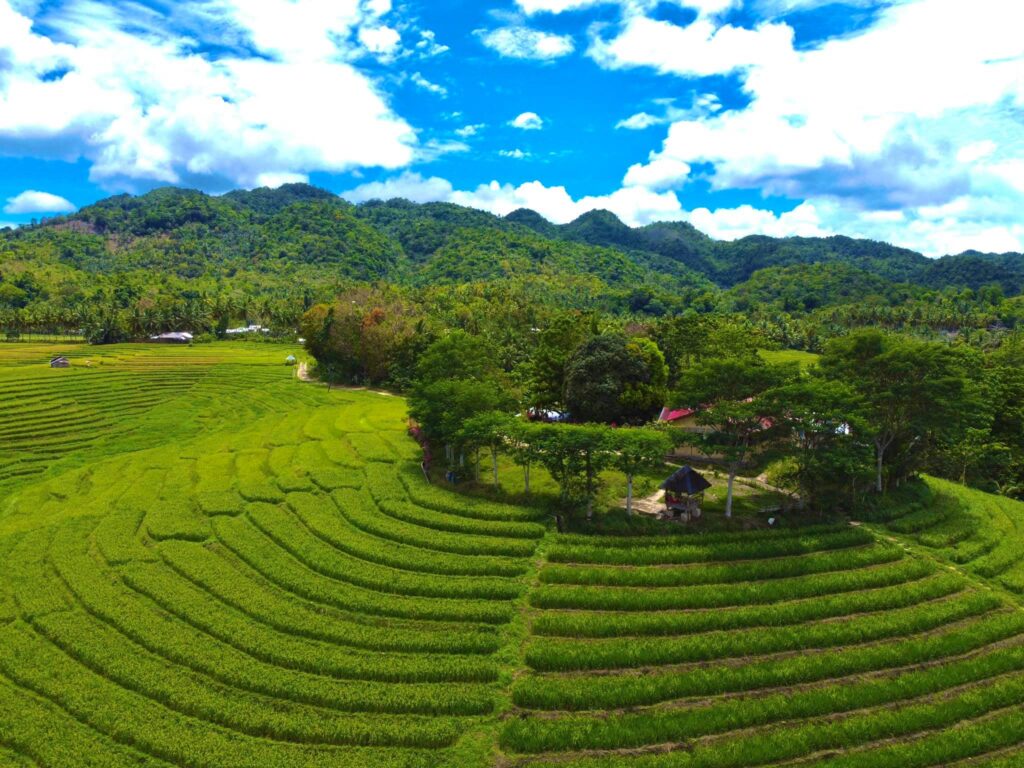
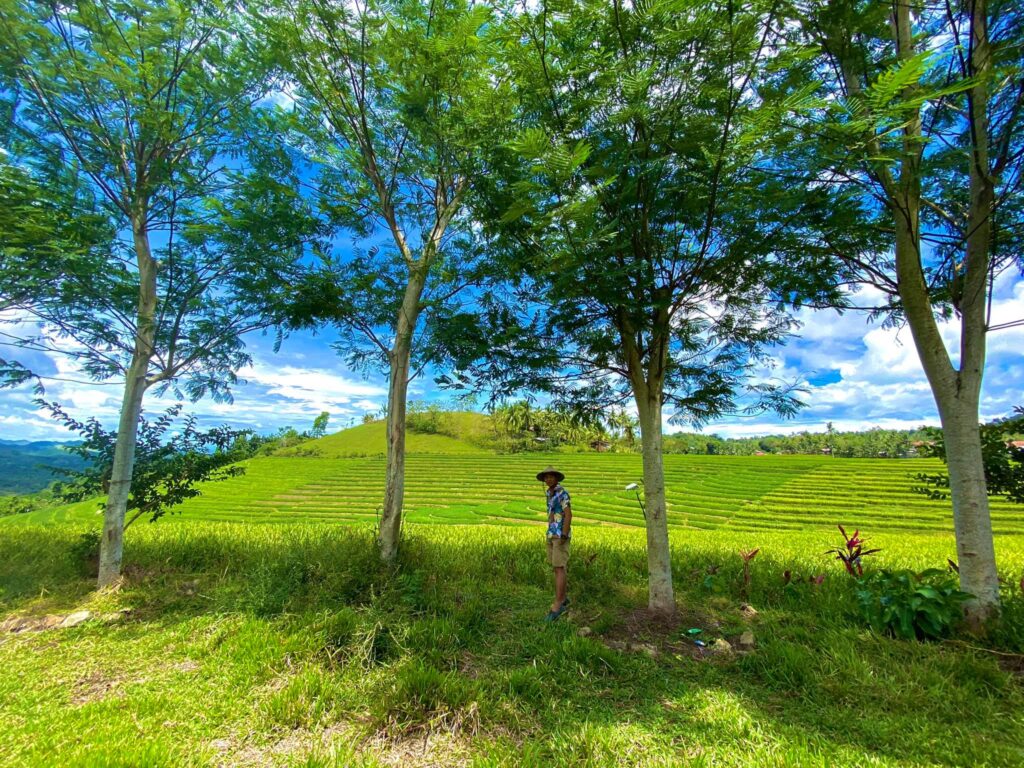
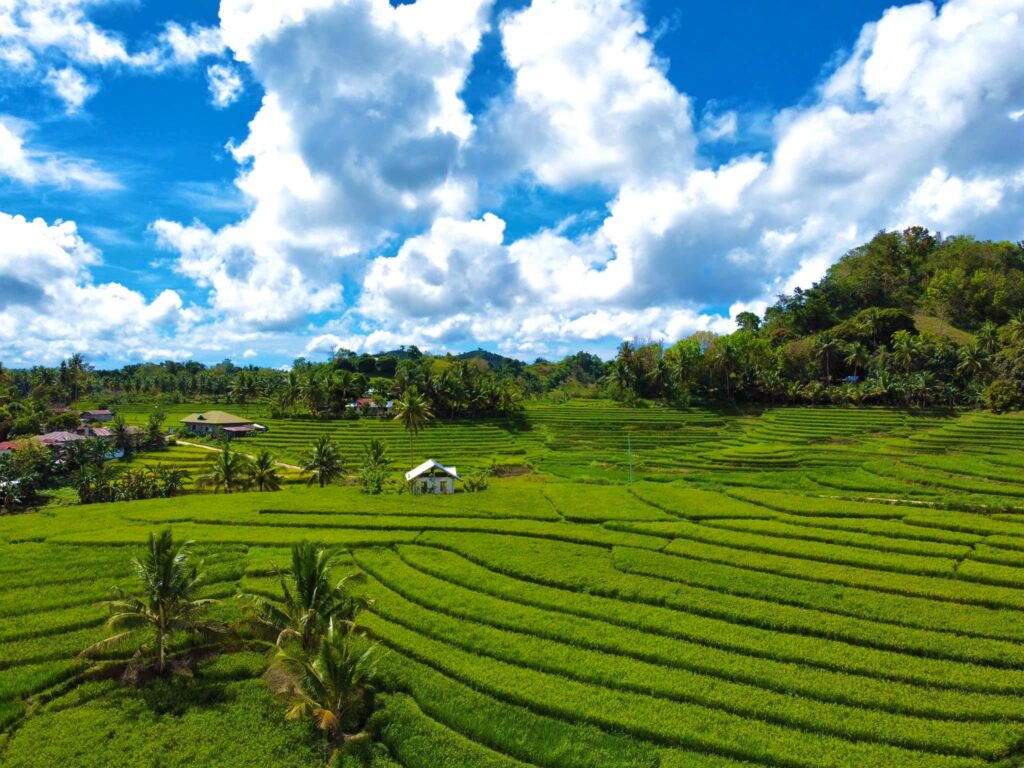
The Rice Terraces trace their origins to Bohol’s pre-colonial agricultural traditions, which were refined during the Spanish era when farming in the uplands was expanded. Farmers from the indigenous communities developed these beautiful terraces over generations. Though not as old or as big as those in Ifugao, the Cadapdapan terraces still reflect centuries-old Visayan farming techniques that rely on rainwater and freshwater springs. These terraces, over time, became an essential part of the community’s livelihood, demonstrating how locals harmoniously adapted to the landscape.
Nature’s Dual Feature
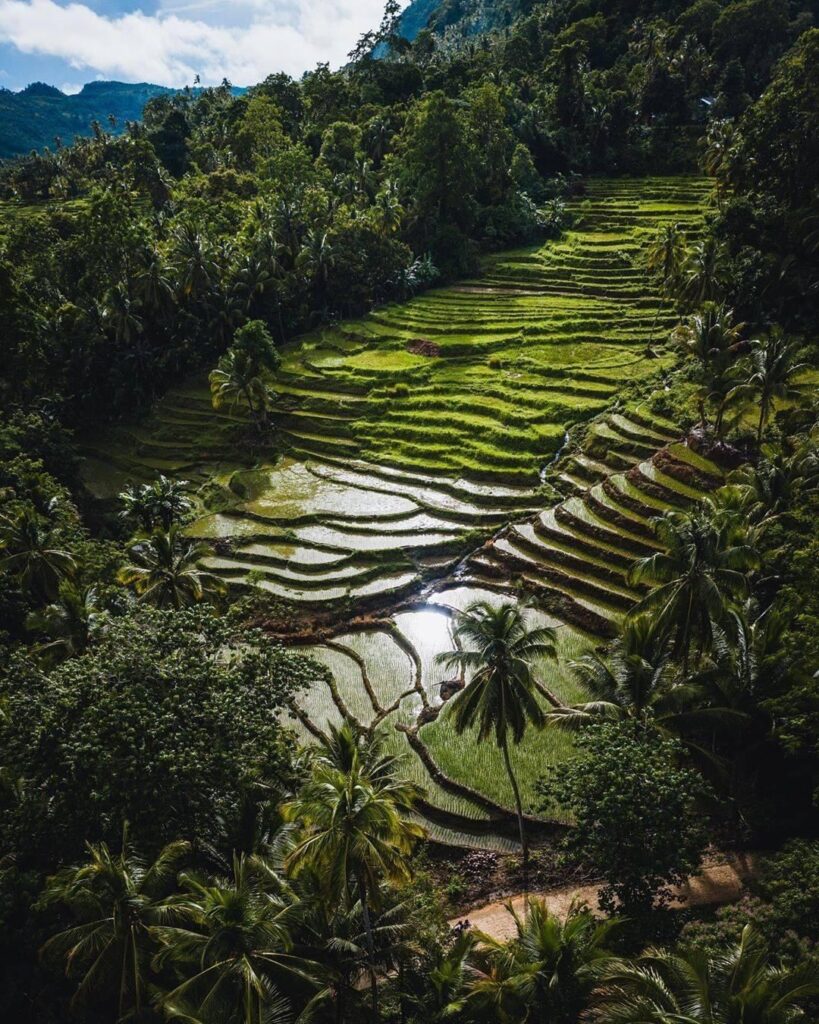
Below the green and stunning layer of rice terraces, the Can-umantad falls flow below. It is considered the tallest waterfall in Bohol, measuring approximately 60 feet in height. The waterfall utilized the same water from the Rice Terraces to irrigate the rice fields above it, forming a much more sustainable water cycle between a tool for agriculture and an accessory for nature. By preserving and promoting these landscapes, communities not only sustain their agricultural practices but also attract and expand tourism that supports local economies. Managed by Eleuterio’s Can‑Umantad Falls & Rice Terraces Resort, visitors can enjoy the scenery, which features small cottages, basic facilities, and viewing decks for enhanced viewing, or take a dip in the refreshing pool of water from the waterfall.
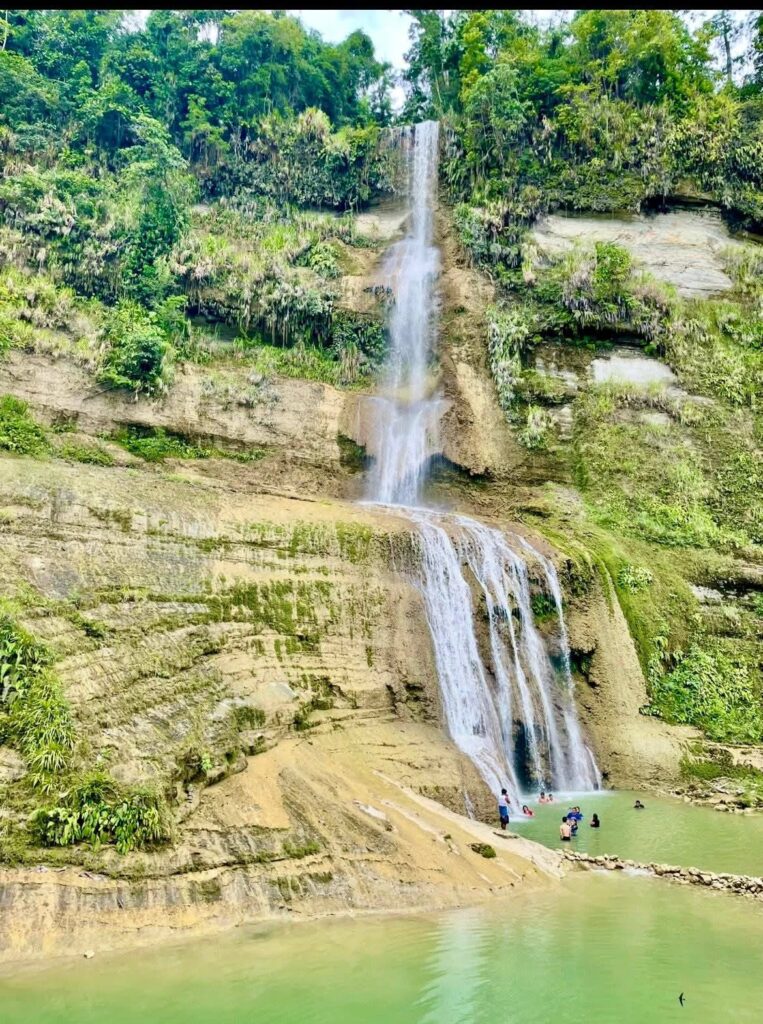

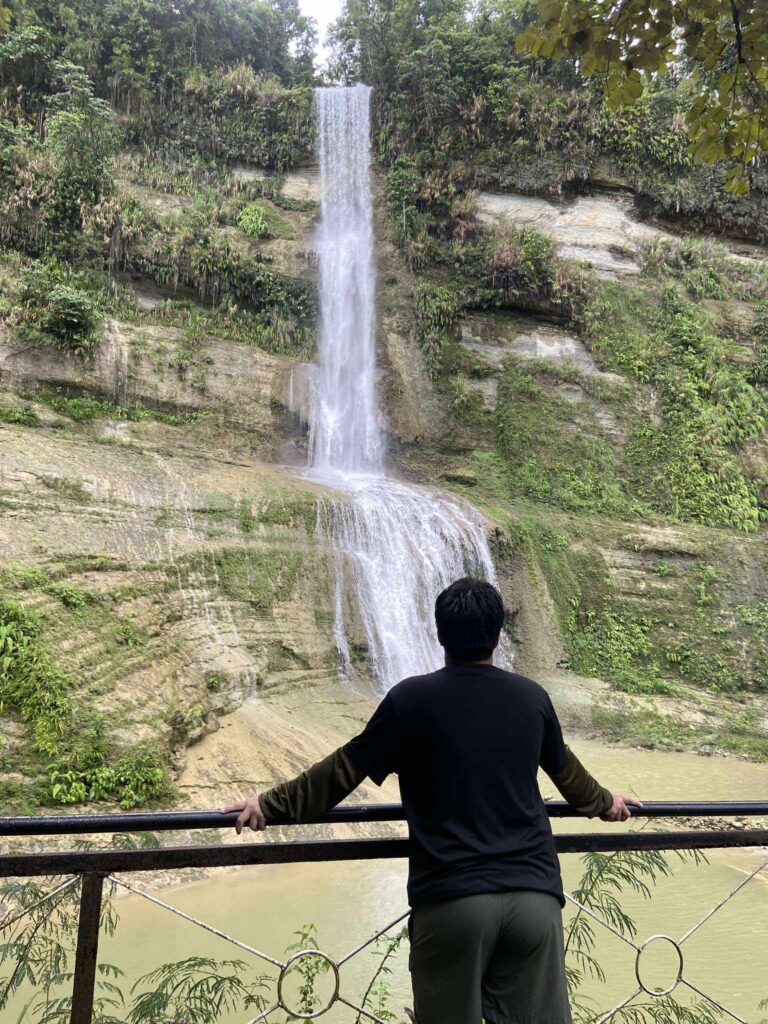
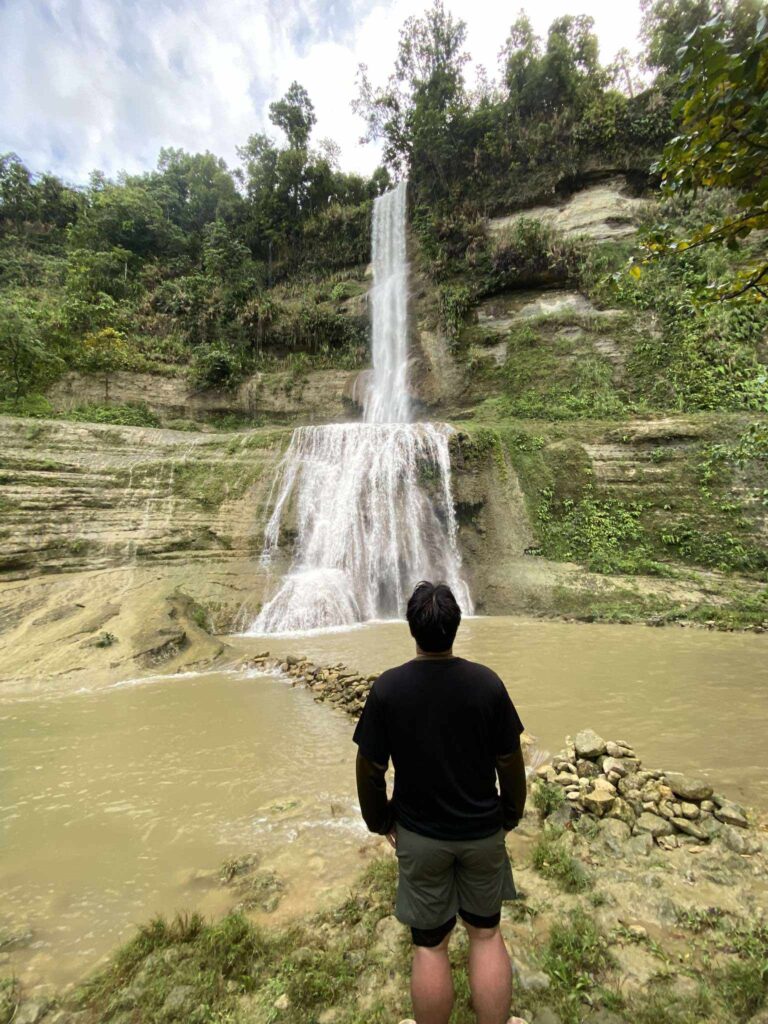
Legacy In Every Grain

Understanding the cultural background and ecological awareness of the Cadapdapan terraces and Can-Umantad falls is essential. These terraces are not just for design or a simple scenic view, but they are a testament to the resourcefulness and ability of Boholano farmers to work in harmony with nature. Moreover, such natural and cultural landmarks remind us of the value of sustainable land use and the importance of preserving indigenous knowledge systems.
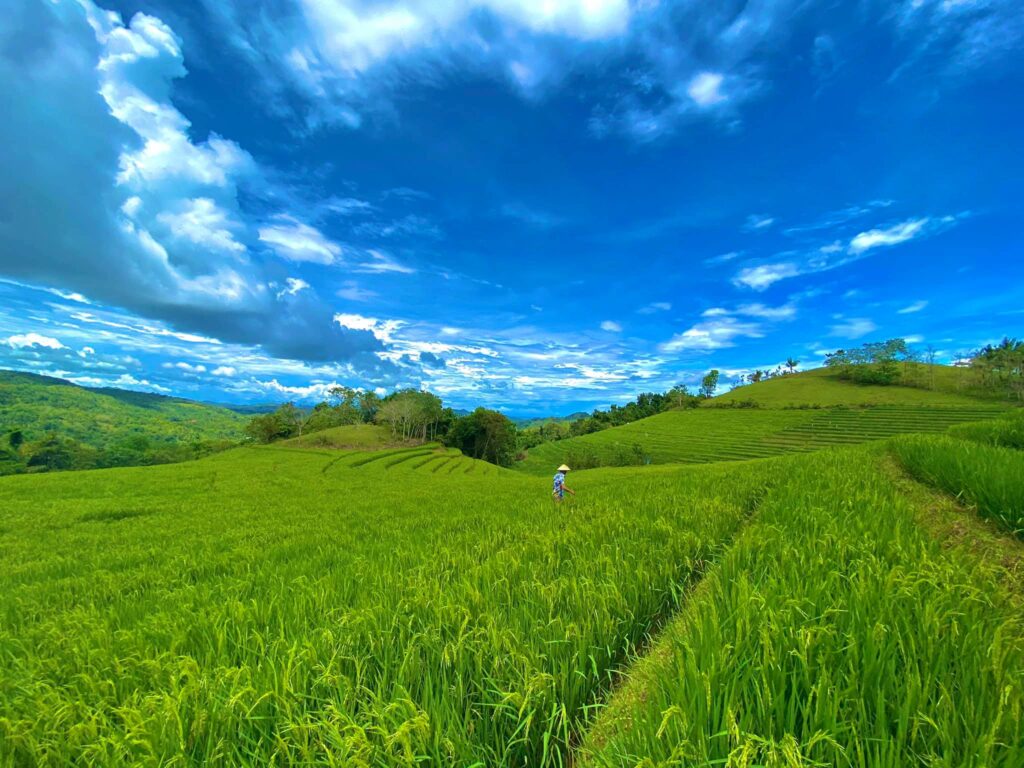
More than just a visual treat, Candijay’s Cadapdapan Rice Terraces and Can-Umantad Falls are living evidence that is shaped by nature, community, and traditions. This place offers more than just sightseeing; it is also a journey and a lesson into Bohol’s heritage. As the tourism industry in Bohol continues to evolve and develop, the Candijay terraces deserve recognition as both an ecological treasure and a testament to sustainable farming traditions that remain relevant in the modern world.
How to Get There?
Exact Location: Barangay Cadapdapan, Municipality of Candijay, Bohol, Philippines.
- By Commute: Tagbilaran City, take a tricycle to Dao Integrated Bus Terminal (₱10–₱25). At the terminal, board a bus or van bound for Ubay via Candijay (₱80 for bus; ₱130 for van). Ask the driver to drop you off at Barangay Lungsod-Daan in Candijay, Bohol. From there, hire a habal-habal (motorcycle taxi) to go to the Cadapdapan Rice Terraces and Can-Umantad Falls. The ride takes about 25 to 30 minutes, and the fare is around ₱100 one way or ₱200–₱300 round trip.


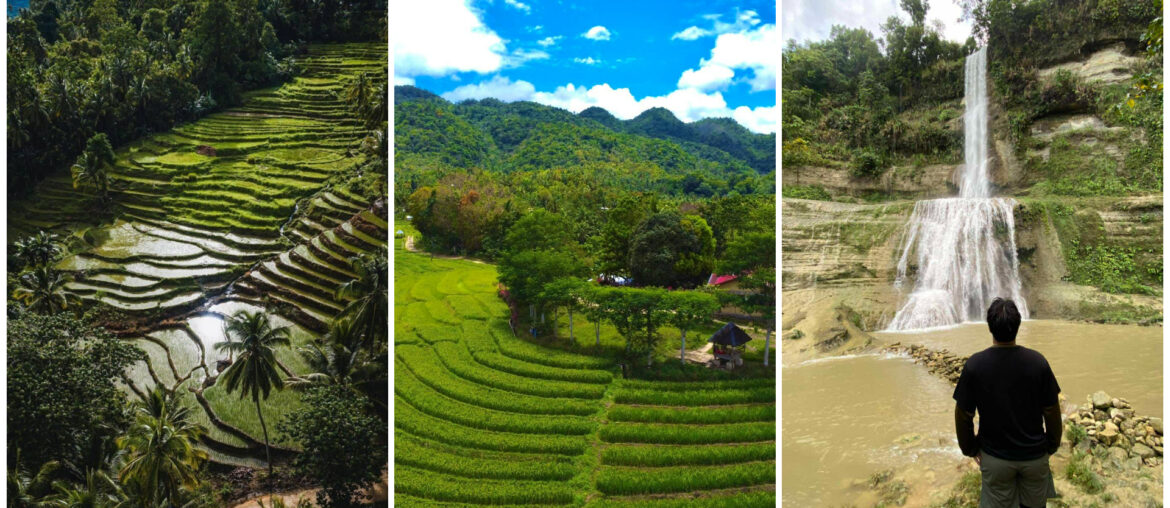
Comments are closed.